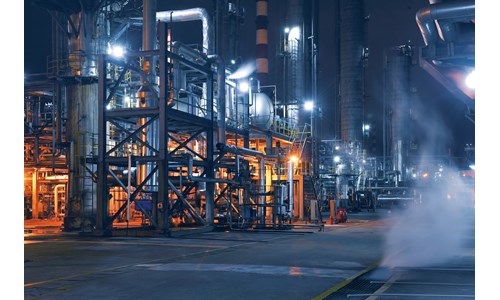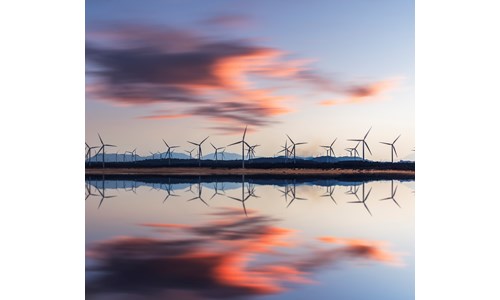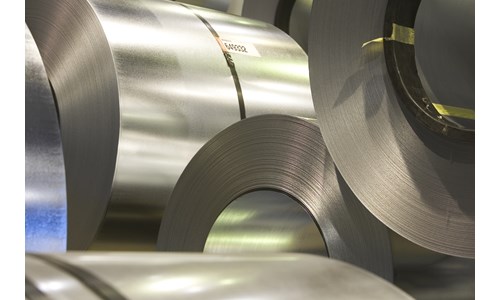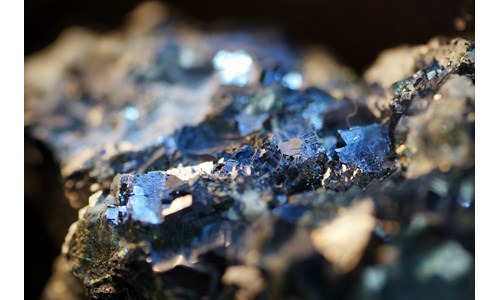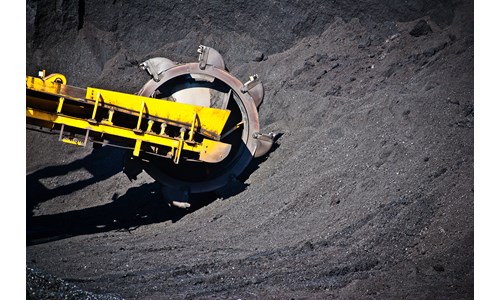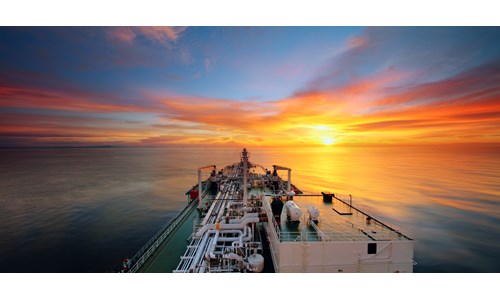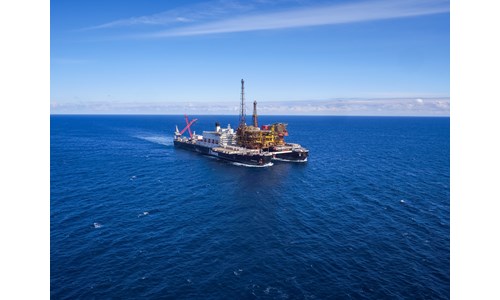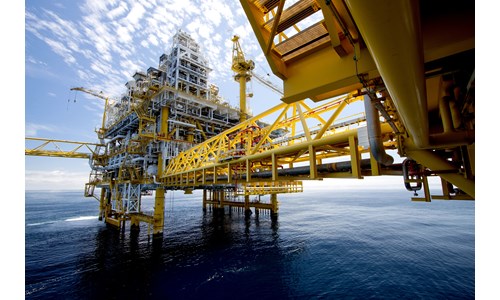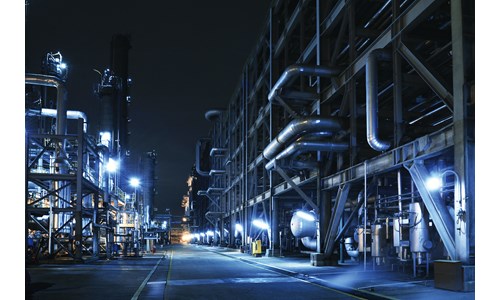UK government swoops on North Sea windfall profits
This report is currently unavailable
*Please note that this report only includes an Excel data file if this is indicated in "What's included" below
Report summary
Table of contents
-
Executive summary
- What has changed?
- Redistributing the windfall
- Which companies are most impacted?
- Industry reaction and the case for fiscal predictability
Tables and charts
This report includes the following images and tables:
- UK marginal petroleum tax rate 1975-2022
- UK petroleum tax rates and capital allowances
- UK government versus company share
- Transfer of cash flow from companies to government (2022/2023 fiscal year)
- Profit and tax breakdown current versus new
- Top producers: UK upstream in a global context
- UK capex committed to new projects by year versus tax rate
- Illustrative example of smooth sliding scale for a progressive tax rate
What's included
This report contains:
Other reports you may be interested in
Midland Valley CBM unconventional concept play
A detailed analysis of the Midland Valley CBM unconventional play.
$2,800The quest for a new UK North Sea fiscal system
Agreement on what succeeds the Energy Profits Levy will be far from straightforward
$1,350Post-EPL: is there a Phoenix in the ashes of the UK upstream sector?
It's not too late for the government and industry to rescue the North Sea
$1,350





